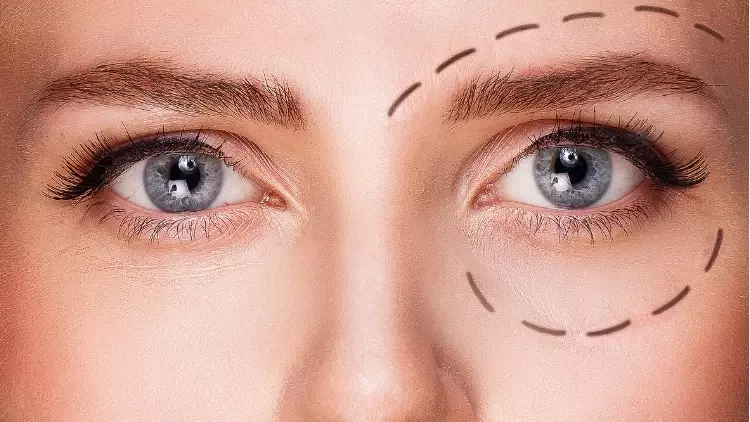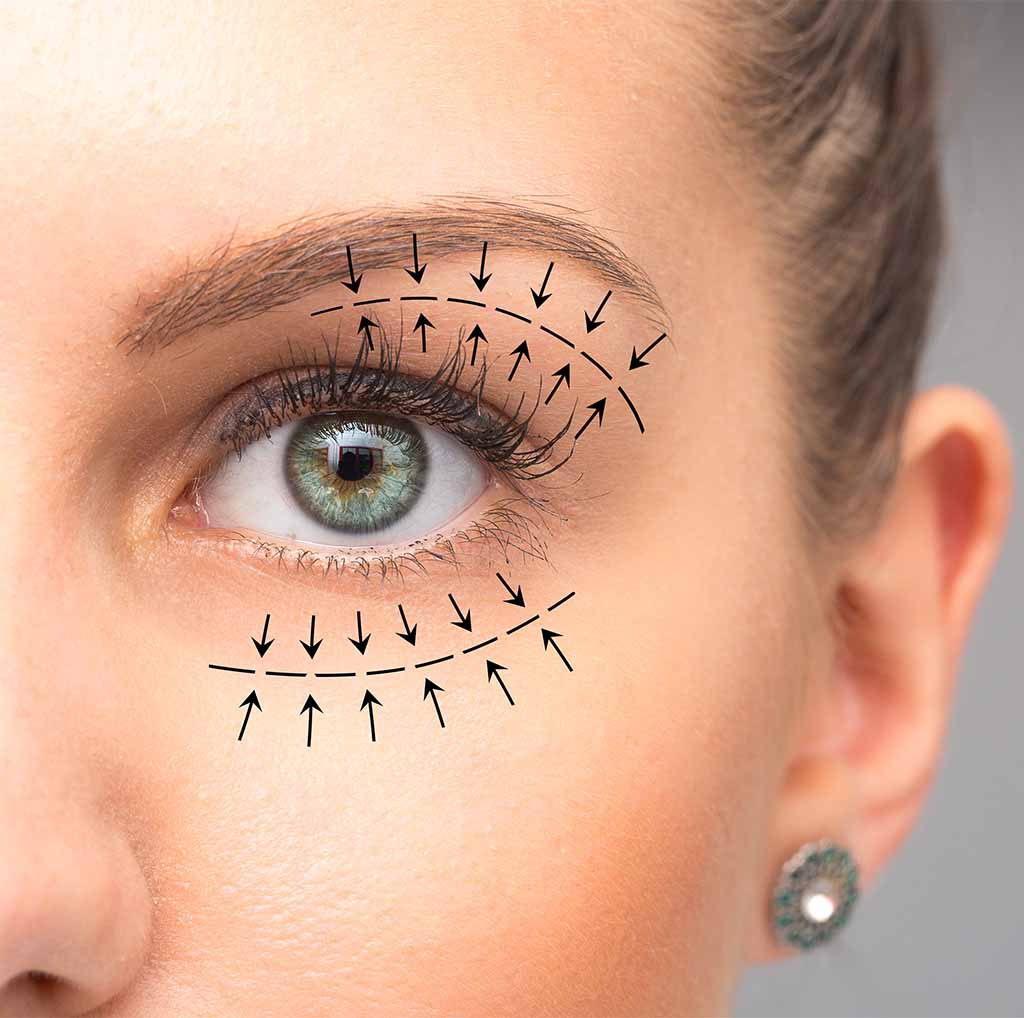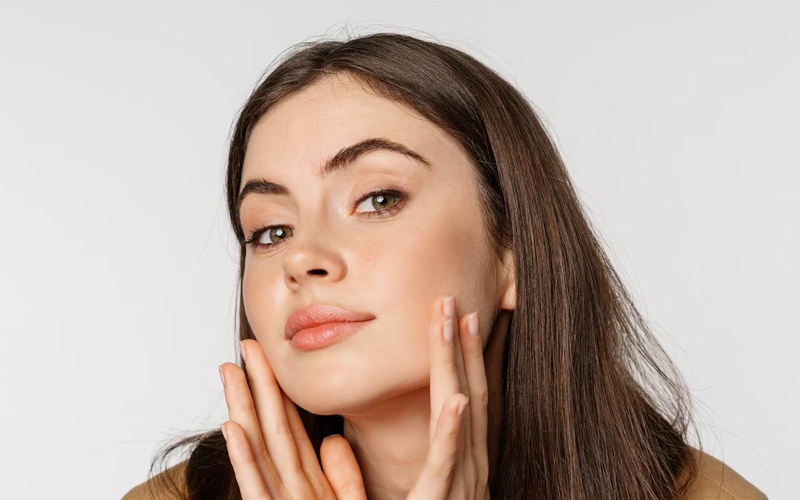Blepharoplasty, commonly known as eyelid surgery, is a procedure designed to correct sagging, puffiness, and excess skin in the upper and/or lower eyelids. It can be performed for both aesthetic and functional purposes. While it rejuvenates the facial appearance by providing a more youthful and refreshed look, it may also improve visual fields in patients with significant eyelid drooping.
Why Is Blepharoplasty Performed?
Several factors such as aging, genetics, environmental influences, and lifestyle-related stress can lead to noticeable changes around the eyelids, including:
-
Sagging skin on the upper eyelids
-
Puffiness or bags under the eyes
-
A tired, sad, or sleep-deprived appearance
-
Restricted visual field due to excessive upper eyelid droop
-
Difficulty applying eye makeup properly
Blepharoplasty offers long-lasting and effective solutions for these concerns.
How Is Blepharoplasty Performed?
Blepharoplasty is typically performed under local anesthesia with or without sedation, ensuring patient comfort throughout the procedure. During surgery:
-
Excess skin and fat are removed from the upper eyelids
-
Fat pads causing puffiness in the lower eyelids are either repositioned or removed
-
Incisions are placed along the natural eyelid creases, making any resulting scars barely noticeable
The procedure usually takes about 1–2 hours, and most patients are discharged on the same day.
Who Is a Good Candidate for Blepharoplasty?
Blepharoplasty may be suitable for individuals who:
-
Are over the age of 35 with noticeable sagging or puffiness around the eyes
-
Experience visual obstruction due to drooping upper eyelids
-
Desire a younger, more refreshed facial appearance
-
Have hereditary eyelid drooping, even at a younger age
-
Do not have any serious health conditions that would prevent them from undergoing surgery
Note: Every patient is unique. A thorough evaluation by an experienced oculoplastic surgeon is essential to determine suitability for surgery.
What Is the Recovery Process Like?
Postoperative recovery is generally smooth. Patients can expect:
-
Mild swelling and bruising during the first few days
-
Cold compresses and prescribed eye drops to aid healing
-
Suture removal around day 5 to 7
-
Return to normal social activities within 1–2 weeks
Most results become clearly visible within a month, and the effects typically last for many years.
Frequently Asked Questions
1. Is blepharoplasty permanent?
Yes, the results are long-lasting. However, natural aging continues and may cause minor changes over time.
2. Will there be visible scarring?
No. Incisions are made within natural eyelid folds, and scars fade significantly over time.
3. Does blepharoplasty cause dry eyes?
When performed with proper technique, blepharoplasty does not typically affect tear production or eye function.
For more information or to schedule a personalized consultation, please contact your oculoplastic specialist.
Assoc. Prof. Dr. İskender Alkin Solmaz
Oculoplastic Surgery Specialist
www.driskender.com


